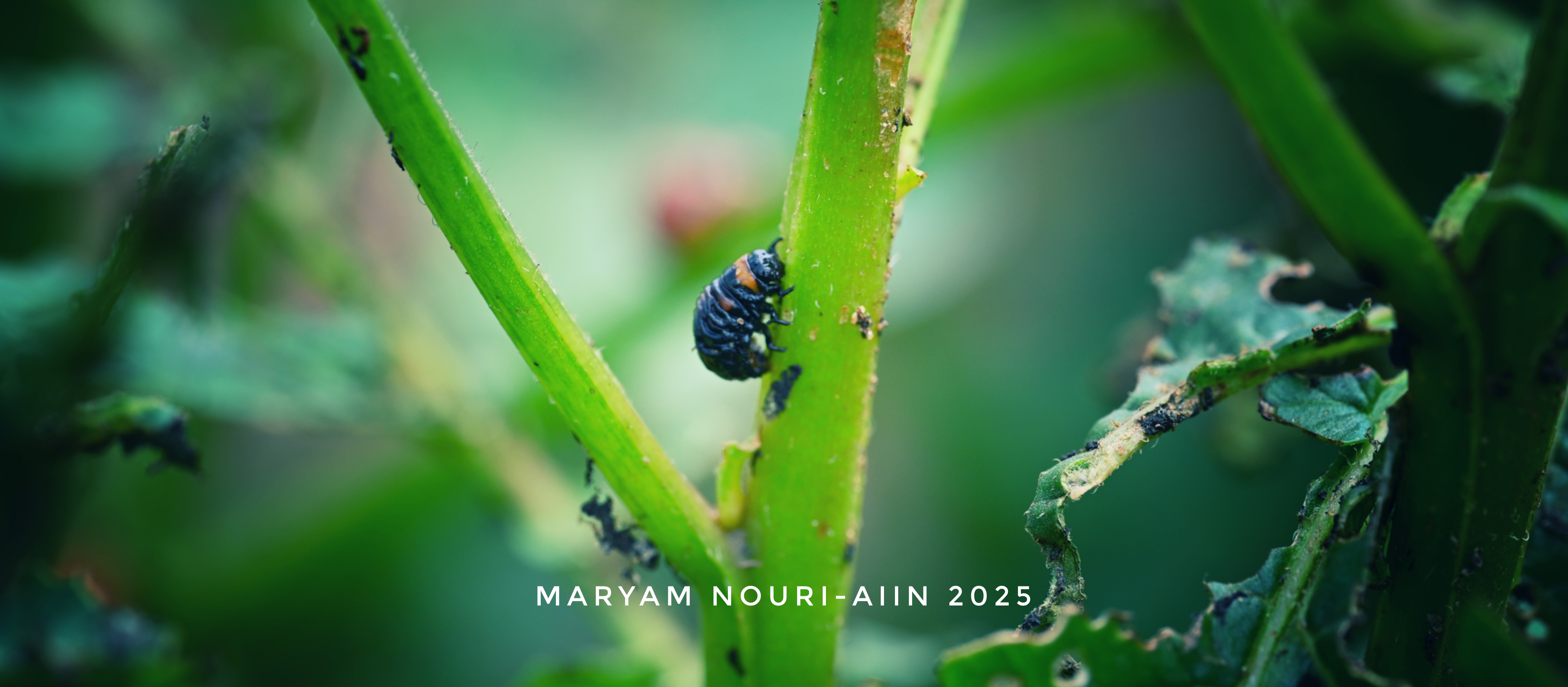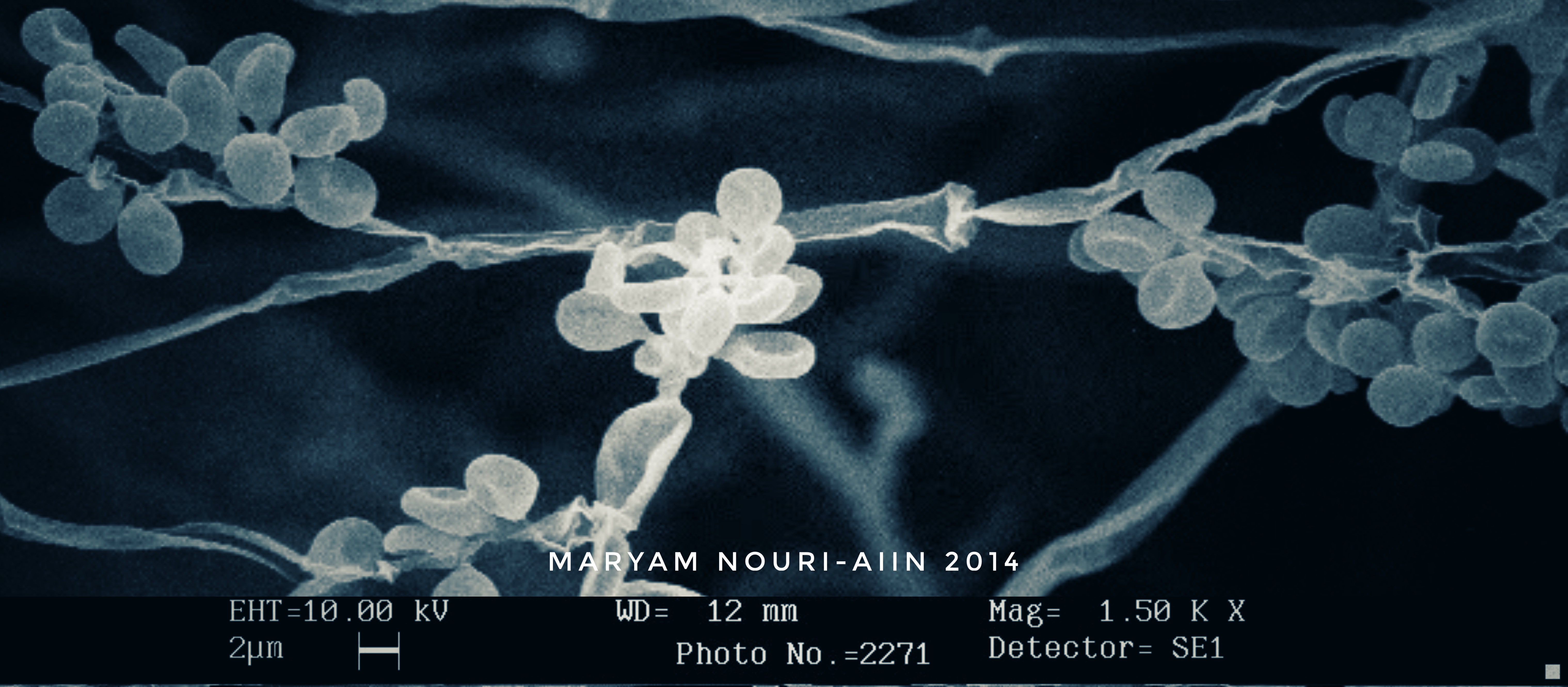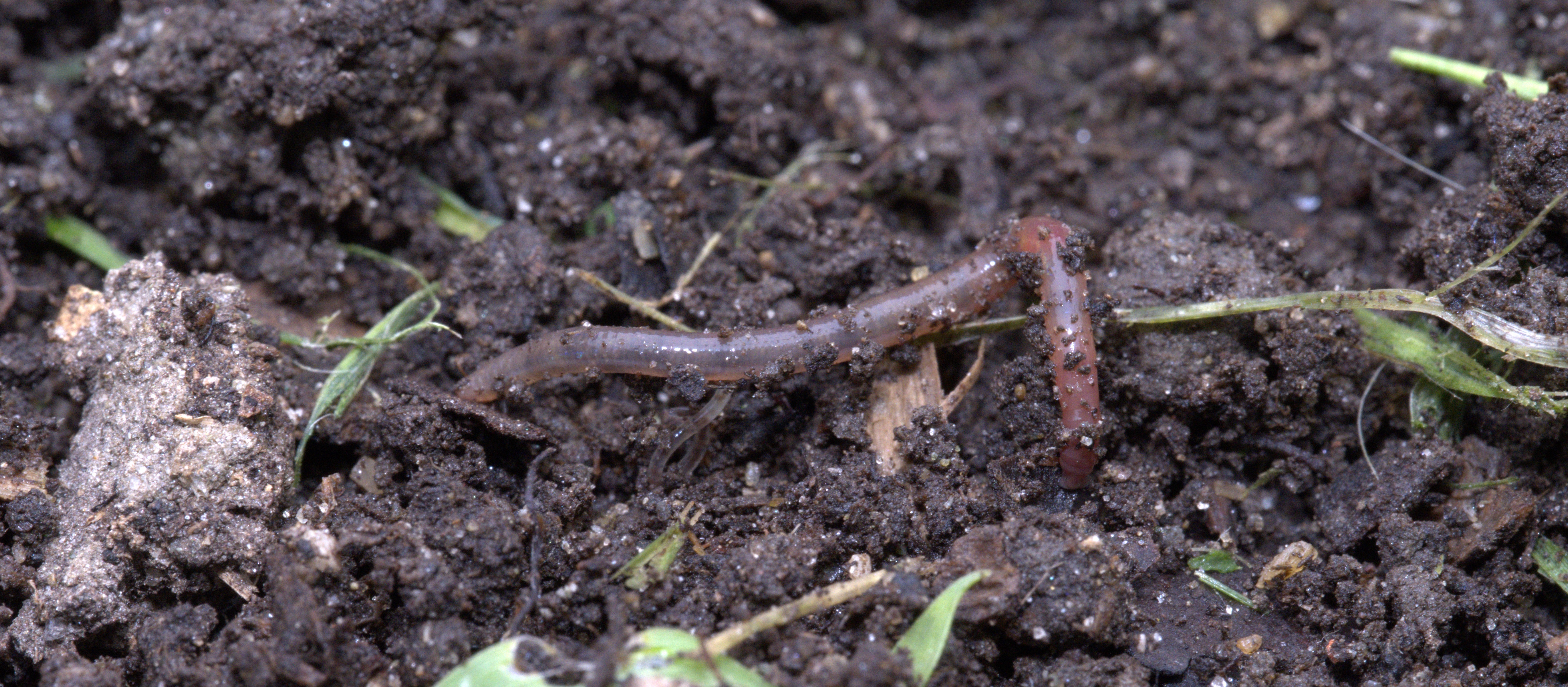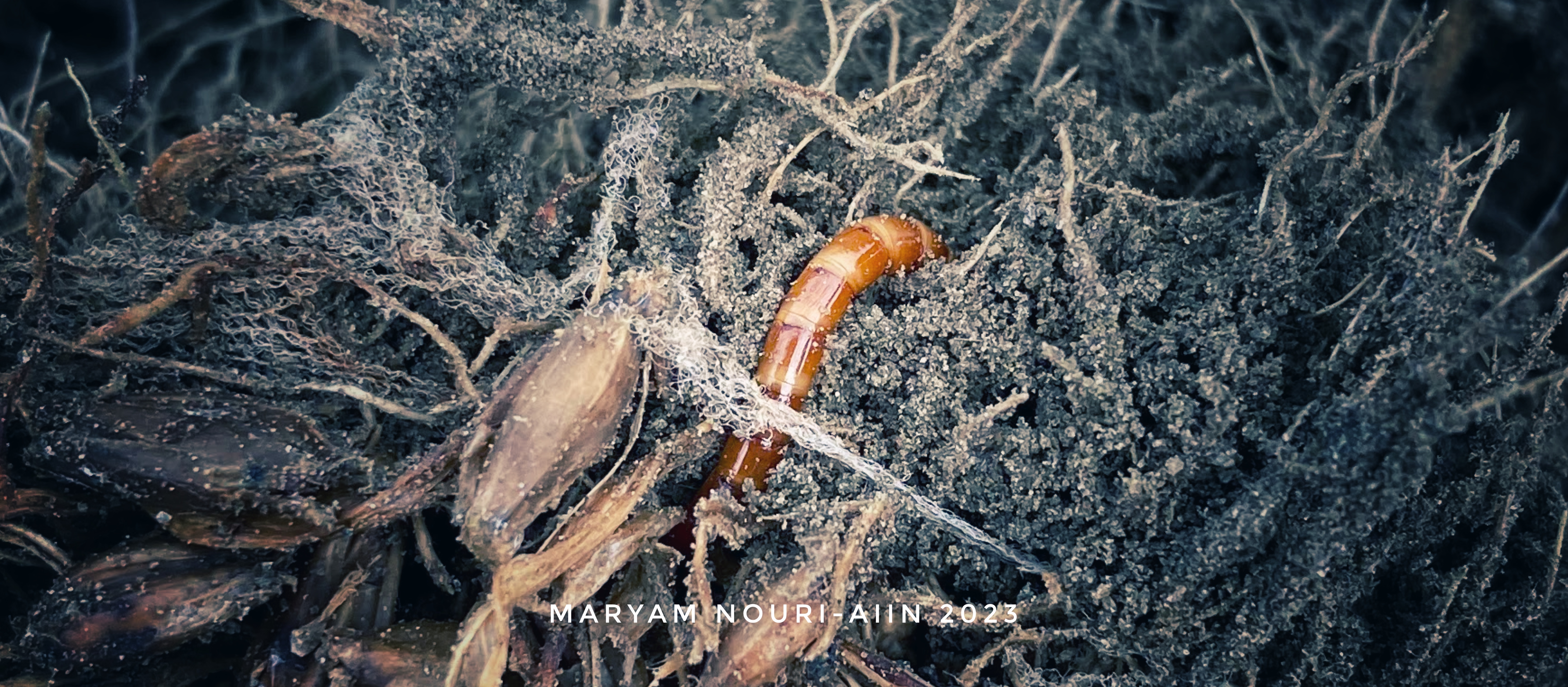In our lab we explore how soil–microbe–insect networks shape pest pressure, plant health, and ecosystem resilience. Our goal is to turn ecological understanding into tools that reduce chemical inputs, protect yields, and restore soils.
We test ideas across lab, greenhouse, and working farms, linking physiology and genomics to field reality. Much of our applied work runs through V‑PART, where we co‑design trials with growers across the Northeast.
Selected Case Studies
Below are a few active lines of work that apply our pillars in specific systems.

Biological Control and IPM in Cropping Systems
We evaluate entomopathogenic fungi and other biocontrol agents in cropping systems. Our research evaluates their compatibility with IPM strategies, crop type, and farm management practices. Projects in this area include:
- Greenhouse and field bioassays using entomopathogenic fungi including Beauveria and Metarhizium.
- Development and evaluation of alternative biological control tools for invasive insect pests.
- evaluate plant protection outcomes under IPM strategies and ecological stress.
Focus Areas: Entomopathogenic Fungi, Integrated Pest Management, Farmer Collaboration, Field-to-Greenhouse Continuum
Microbial Dysbiosis and Pest–Pathogen Interactions
This line of our research investigates how fungal infections may disrupt insect microbiomes, reshaping host physiology, behavior, and disease resistance. We're also exploring how these interactions intersect with novel genetic tools.
- Co-infection experiments combining fungi with viral or bacterial pathogens.
- Analysis of gut microbiomes in pests following fungal infection.
- Incorporating RNA interference (RNAi) approaches as complementary tools.
Focus Areas: Host–Microbiome Rewiring, Pathogen–Fungus Interactions, RNAi, Pest Vulnerability, Microbial Ecology


Amynthas Earthworms and Soil Ecology
Our work on Amynthas earthworms examines their life cycle timing, physiological thresholds, and broader ecological impacts. We also use population genetic and genomic approaches to understand their invasion history and adaptive traits.
- Study biology and ecology of different life stages of Amynthas.
- Evaluate impacts on soil structure, microbial communities, and crop performance.
- Population genetics and whole-genome assembly of Amynthas species to explore species identity, introduction routes, and stress adaptations.
Focus Areas: Earthworm Biology, Soil Disruption, Cocoon Hatching Phenology, Temperature Tolerance, Population Genomics, Earthworm–Microbe Interactions
Wireworm Ecology and Microbial Controls
We study wireworm species diversity, seasonal patterns, and their interactions with microbial biocontrol agents. We're also incorporating genetic methods to resolve species boundaries and investigate population structure.
- Using mitochondrial gene sequencing and genomic tools for species ID and phylogeography.
- Investigating microbial factors that influence susceptibility to fungal infection.
- Linking soil conditions with wireworm persistence and outbreak risk.
Focus Areas: Soil Invertebrate Ecology, Microbial Biocontrol, Molecular Identification, Pest Monitoring, Population Genetics, Student Mentorship

